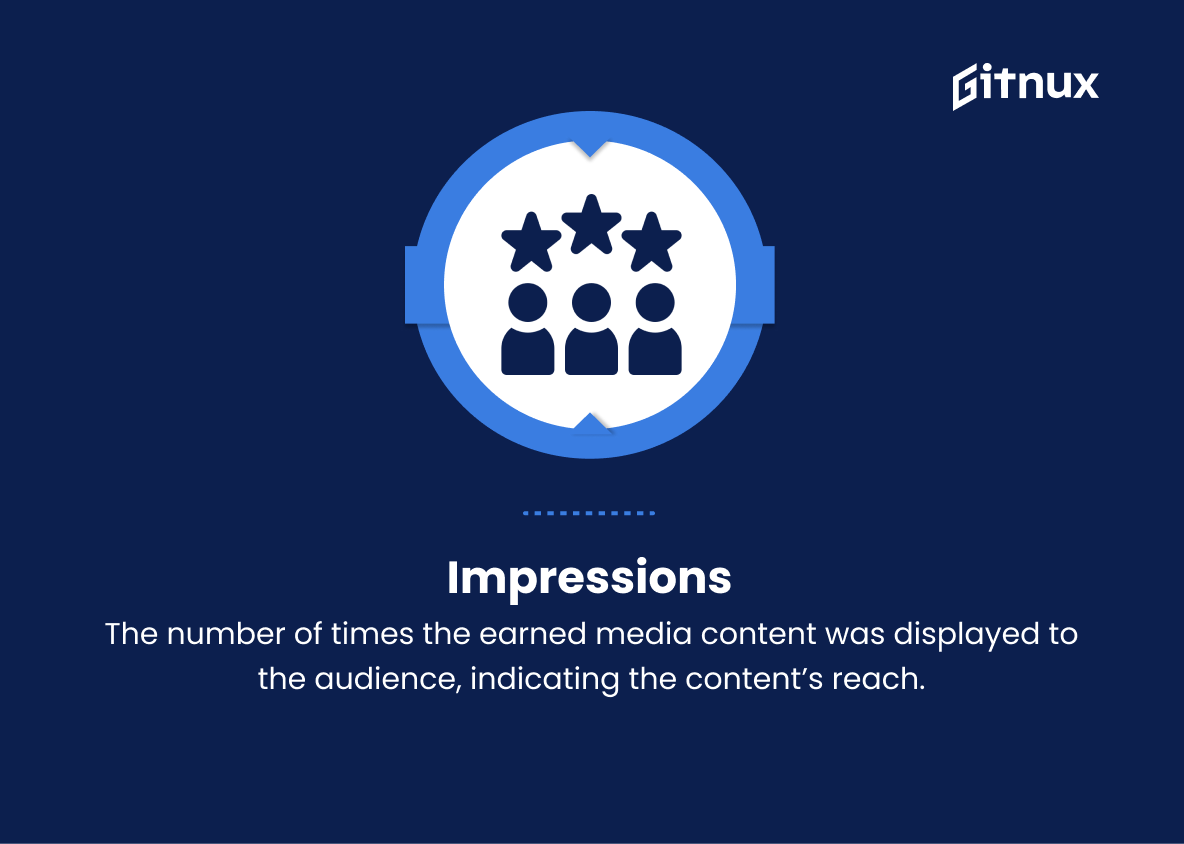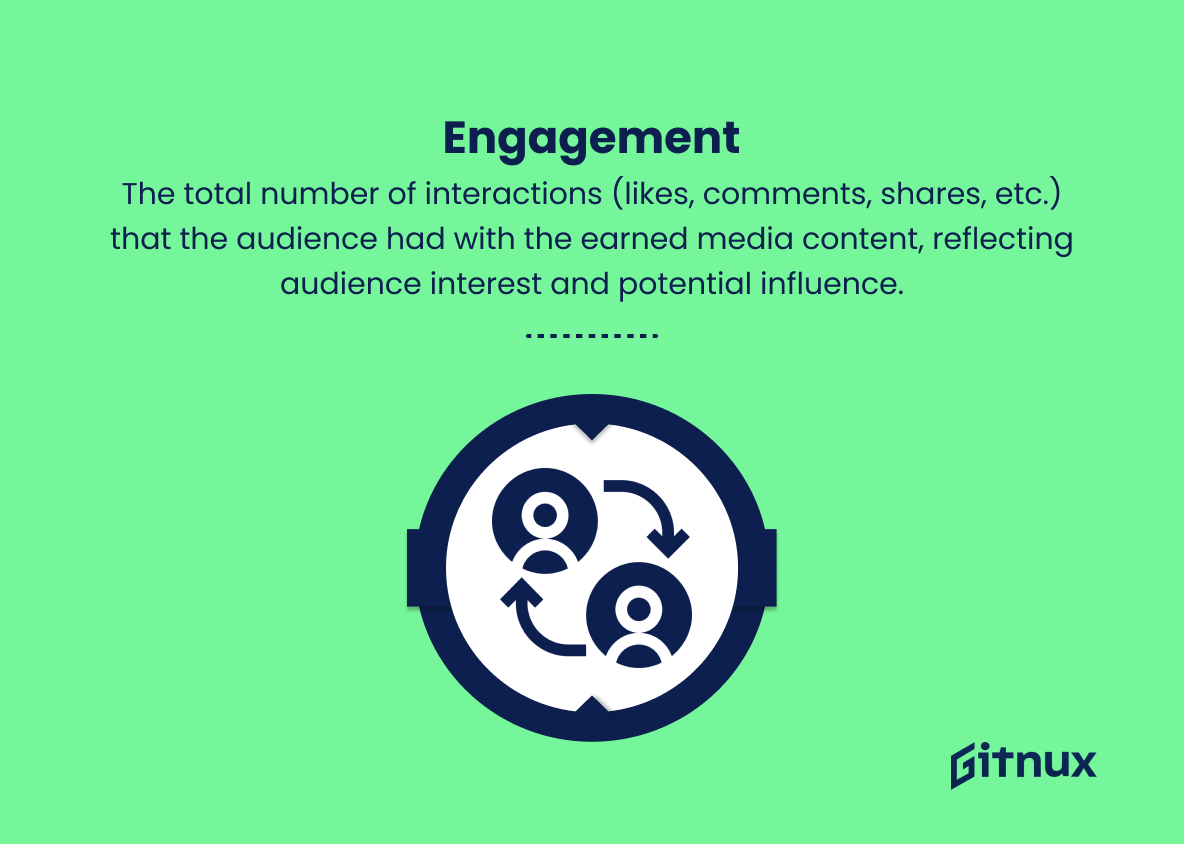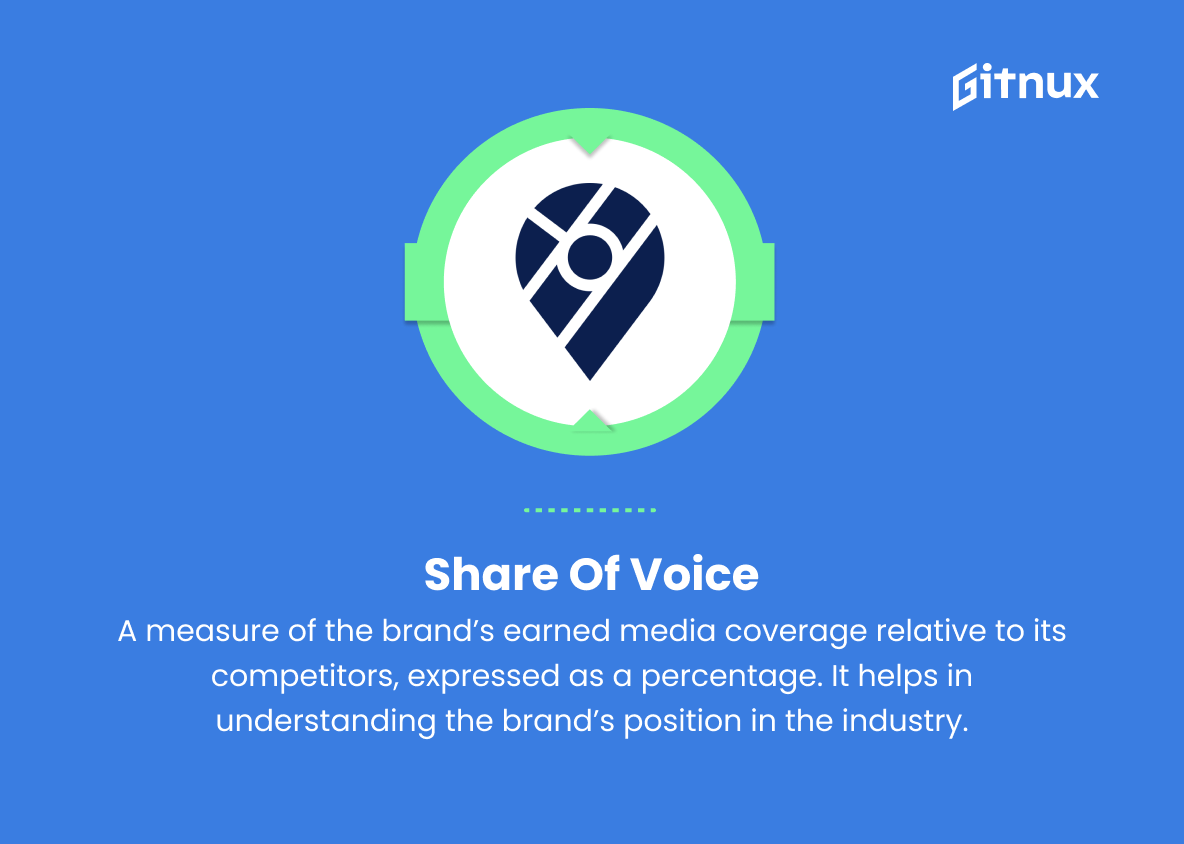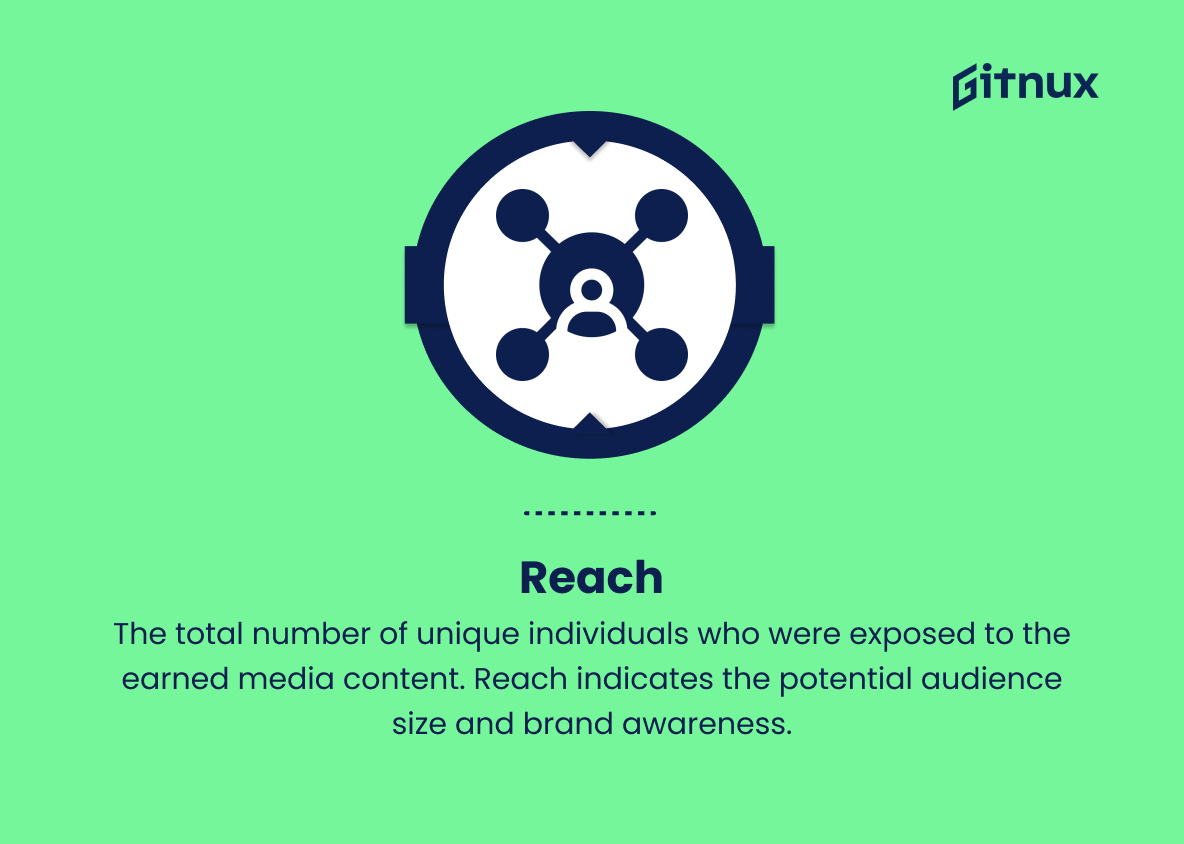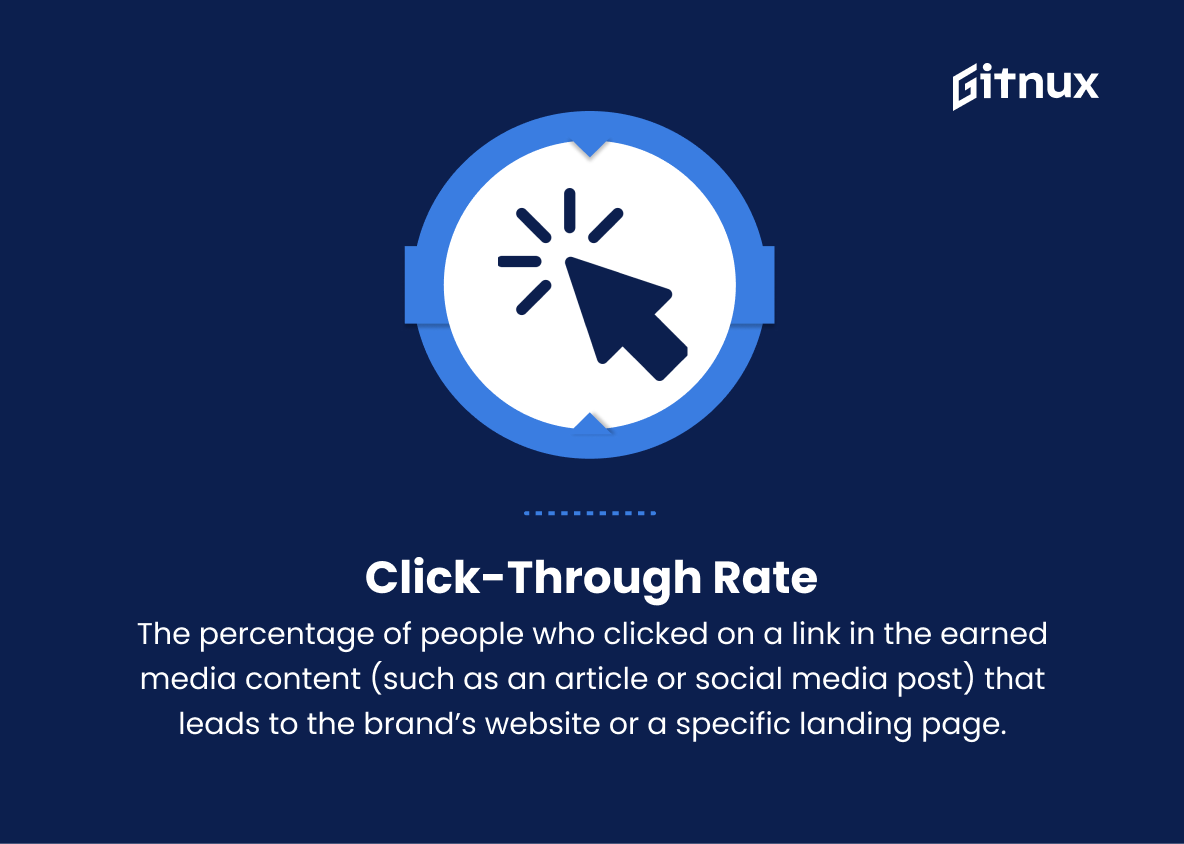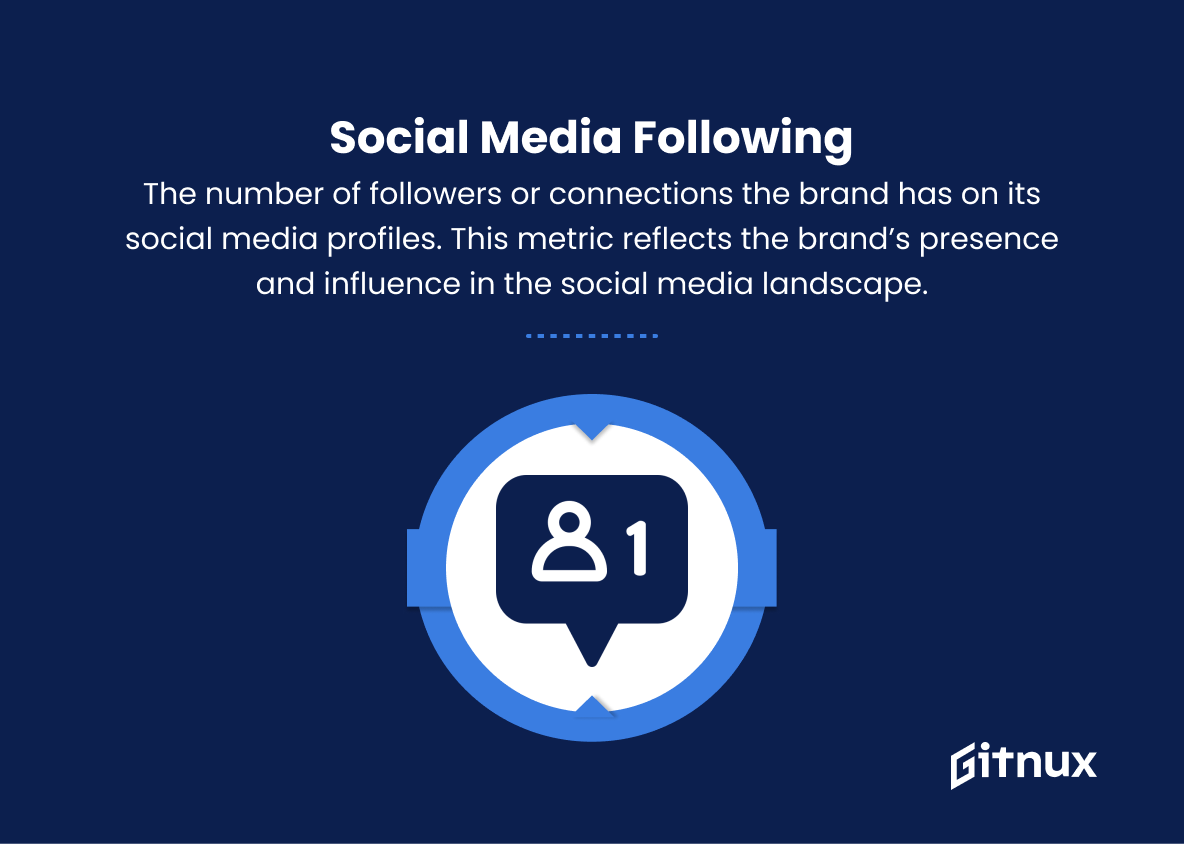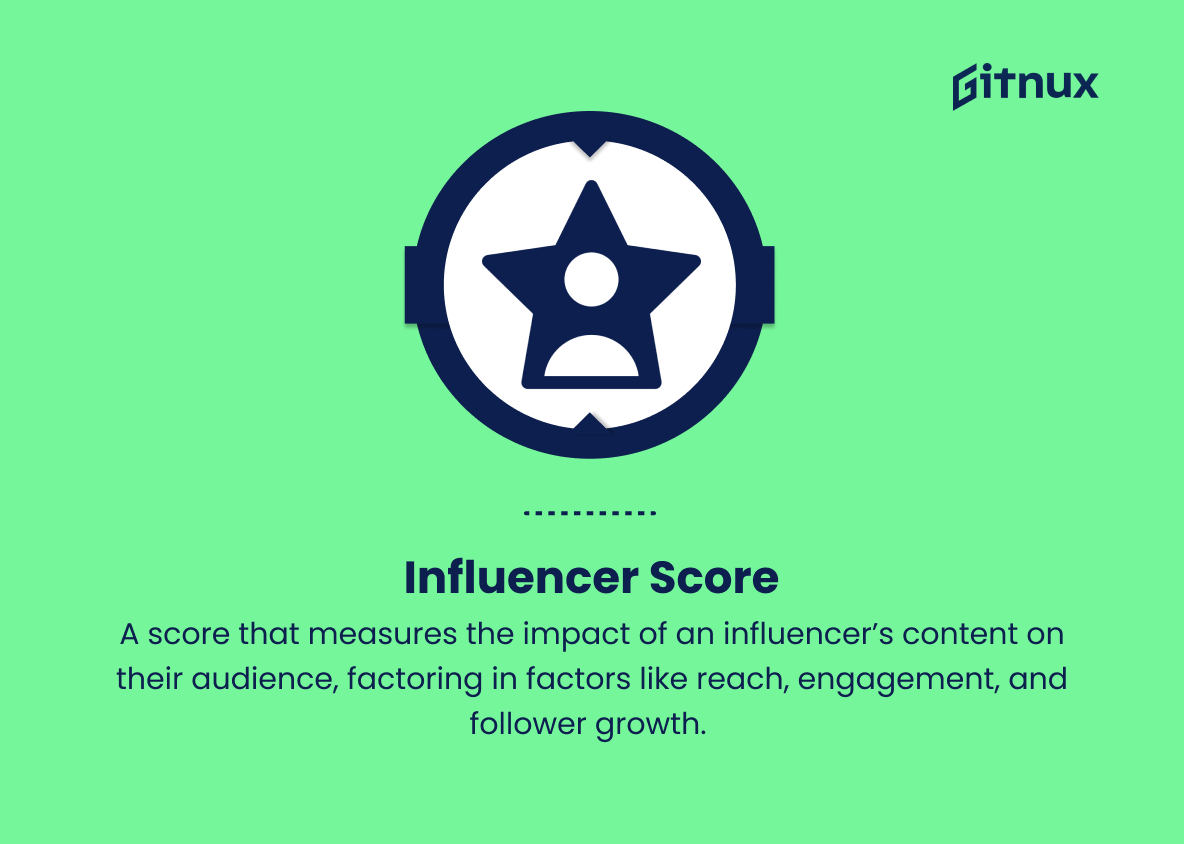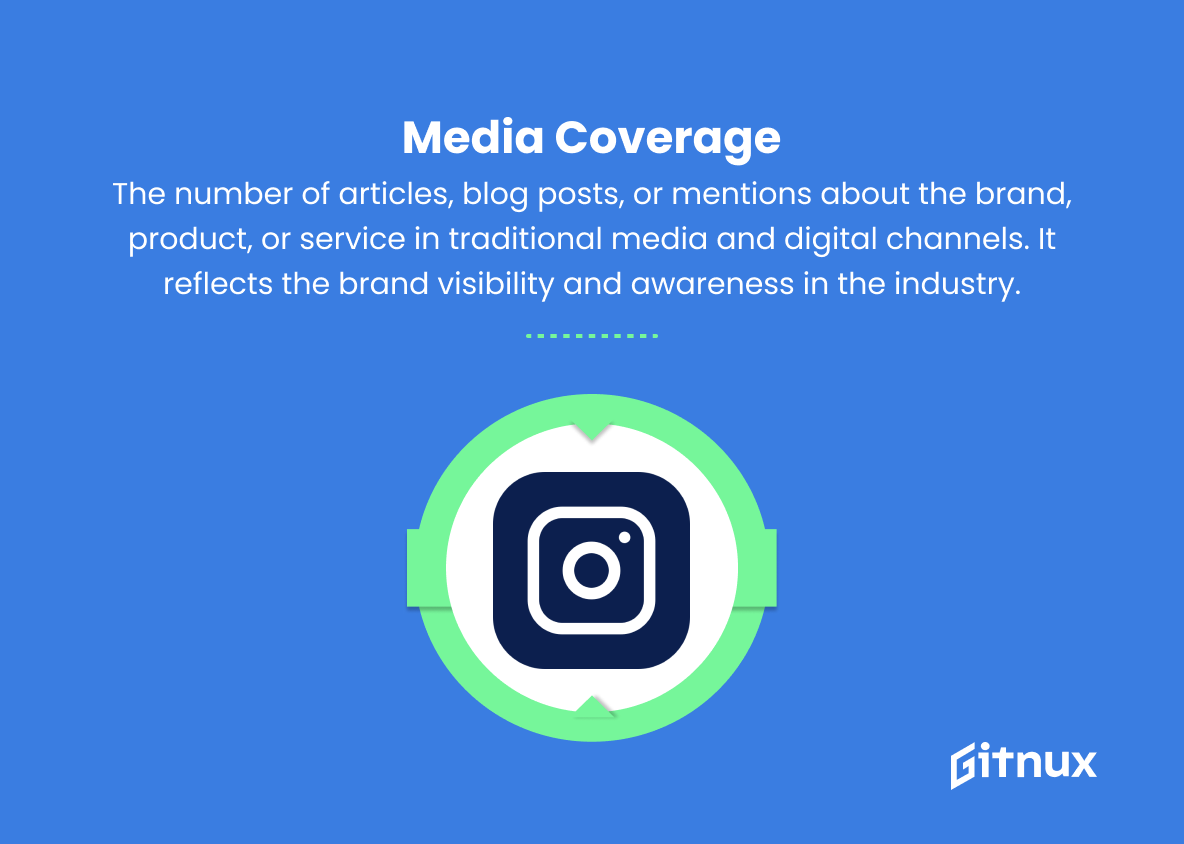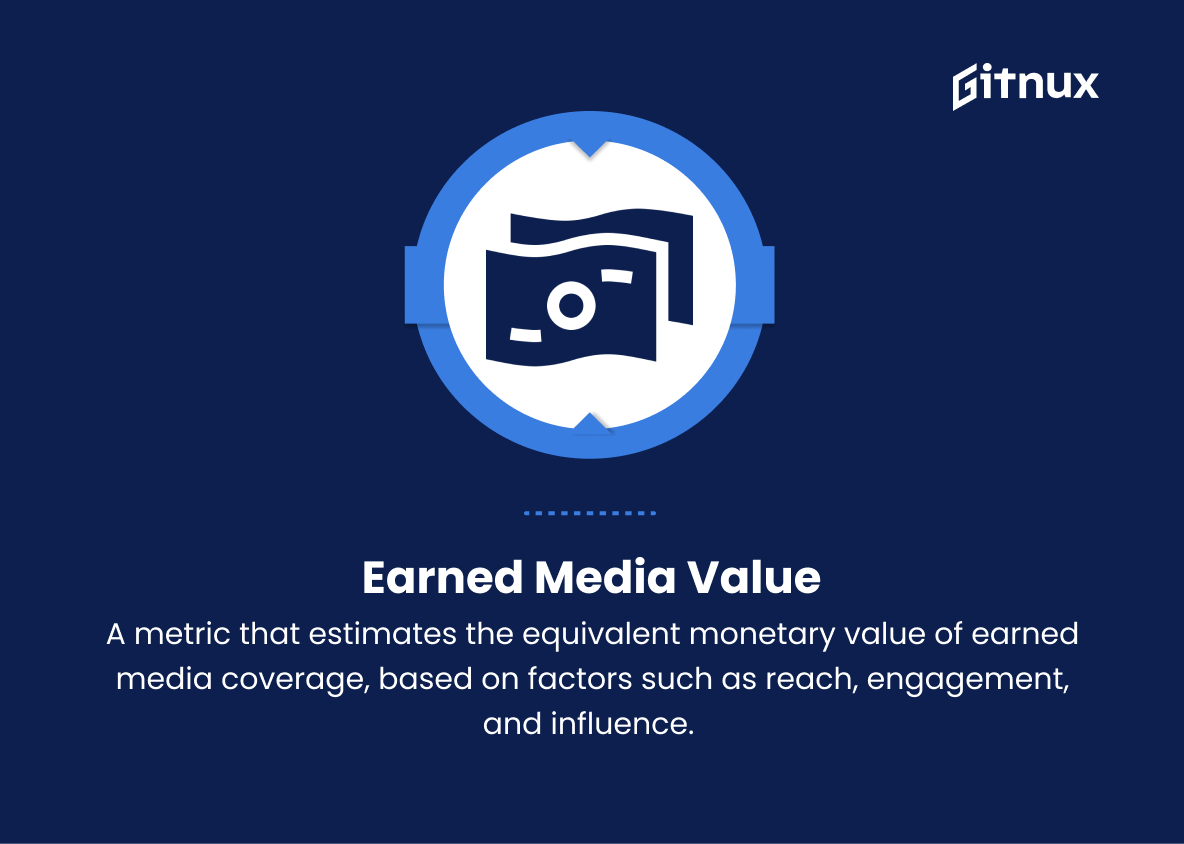Quantifying the success of digital marketing campaigns and measuring ROI is crucial. Earned Media Metrics are a powerful indicator of exposure and credibility achieved through unpaid promotional strategies. This post delves into the world of Earned Media Metrics, exploring measurement tools and best practices for maximum impact. Understanding and leveraging these metrics unlocks opportunities for growth, brand awareness, and trust. Let’s unveil the secrets behind effective measurement of earned media campaigns.
Earned Media Metrics You Should Know
1. Impressions
The number of times the earned media content was displayed to the audience, indicating the content’s reach.
2. Engagement
The total number of interactions (likes, comments, shares, etc.) that the audience had with the earned media content, reflecting audience interest and potential influence.
3. Share of Voice (SOV)
A measure of the brand’s earned media coverage relative to its competitors, expressed as a percentage. It helps in understanding the brand’s position in the industry and the effectiveness of its PR efforts.
4. Sentiment Analysis
A metric that gauges the attitude or emotions of the audience towards the earned media content. Sentiment analysis can be divided into positive, negative, and neutral sentiments.
5. Reach
The total number of unique individuals who were exposed to the earned media content. Reach indicates the potential audience size and brand awareness.
6. Engagement Rate
The ratio of the total engagement to the reach or impressions of the earned media content. It helps to gauge the quality of the audience’s interactions and understand how relevant and interesting the content is to the audience.
7. Click-Through Rate (CTR)
The percentage of people who clicked on a link in the earned media content (such as an article or social media post) that leads to the brand’s website or a specific landing page.
8. Referral Traffic
The number of visitors directed to the brand’s website from the earned media content. Referral traffic shows the extent to which the earned media is driving traffic to the brand’s site.
9. Domain Authority (DA)
A metric that predicts how well a website (where the earned media content is published) will rank on search engine result pages. A higher DA indicates a more influential and trustworthy source.
10. Social Media Following
The number of followers or connections the brand has on its social media profiles. This metric reflects the brand’s presence and influence in the social media landscape.
11. Influencer Score
A score that measures the impact of an influencer’s content on their audience, factoring in factors like reach, engagement, and follower growth. Influencer scores help to identify influential earned media contributors.
12. Media Coverage
The number of articles, blog posts, or mentions about the brand, product, or service in traditional media and digital channels. It reflects the brand visibility and awareness in the industry.
13. Earned Media Value (EMV)
A metric that estimates the equivalent monetary value of earned media coverage, based on factors such as reach, engagement, and influence. EMV helps to quantify the impact and ROI of PR efforts.
Earned Media Metrics Explained
Earned Media Metrics are crucial for understanding the effectiveness of PR and digital marketing efforts. Impressions show content reach, engagement gauges interest and potential influence, and Share of Voice evaluates industry presence. Sentiment Analysis measures audience emotional response, Reach measures audience size and brand awareness.
Engagement Rate assesses interaction quality and relevance, CTR and Referral Traffic show website effectiveness. Domain Authority measures publishing credibility, Social Media Following reflects social media presence. Influencer Score identifies influential contributors, Media Coverage assesses brand visibility. Earned Media Value quantifies impact and ROI for informed marketing decisions.
Conclusion
Earned media metrics are essential for measuring the success and impact of PR and marketing efforts. Understanding them optimizes strategy, identifies what resonates with the audience, and secures valuable coverage. Consistently tracking and analyzing these metrics navigates the evolving media landscape, empowering brands to achieve success and growth in a competitive market. Invest in understanding these indicators for a powerful presence in earned media.
